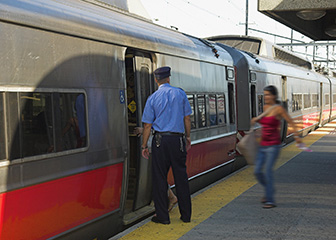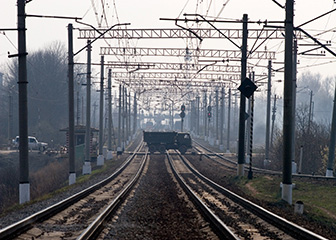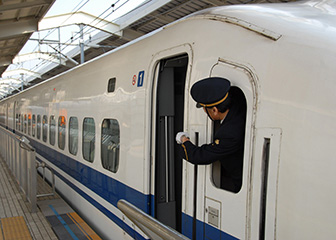Summary

| Quick Facts: Railroad Conductors and Yardmasters | |
|---|---|
|
$49,770 per year
$23.93 per hour |
|
| High school diploma or equivalent | |
| None | |
| Moderate-term on-the-job training | |
| 40,800 | |
| 5% (Slower than average) | |
| 1,900 | |
What Railroad Conductors and Yardmasters Do
Conductors and yardmasters coordinate the daily activities of both freight and passenger train crews. Conductors work on the train. Yardmasters work in the rail yard.
Work Environment
Most conductors and yardmasters work in the rail transportation industry.
How to Become a Railroad Conductor or Yardmaster
Employers of conductors and yardmasters generally require a high school diploma and several months of on-the-job training.
Pay
The median annual wage of conductors and yardmasters was $49,770 in May 2010.
Job Outlook
Employment of railroad conductors and yardmasters is projected to grow 5 percent from 2010 to 2020, slower than the average of all occupations. Population growth and an increase in global trade will increase demand for railroad conductors and yardmasters.
Similar Occupations
Compare the job duties, education, job growth, and pay of railroad conductors and yardmasters with similar occupations.
O*NET
O*NET provides comprehensive information on key characteristics of workers and occupations.
Contacts for More Information
Learn more about railroad conductors and yardmasters by contacting these additional resources.











